
Xiaomi has released the Xiaomi 14 ULTRA, equipped with the Snapdragon 8 Gen3, but its price is too high, not cost-effective. Speaking of Snapdragon 8 Gen3 models, the most popular ones are OnePlus 12 and Xiaomi 14 Pro. So, who has better performance between these two, who can handle the “fire dragon” better, I believe everyone is looking forward to it. This time, I will compare the performance and gaming aspects of these two phones. But before the comparison, let’s take a look at the hardware specifications of these two phones.

In terms of specifications, OnePlus 12 focuses more on the gaming experience. This can be seen from the screen touch, heat dissipation, motor, speakers, and battery capacity of OnePlus 12 is 5400mAh, which is a relatively rare large capacity battery in the same price range. Now that we’ve covered the hardware, let’s proceed with the actual comparison.

Many people say that benchmark scores are not very useful, but they can provide an experience of how the phone manufacturer tunes the hardware. Based on the AnTuTu benchmark scores, OnePlus 12 scored 2.12 million, while Xiaomi 14 Pro scored 2.03 million, with a difference of 90,000 points. Some say that Xiaomi 14 Pro would score even higher if tested underwater, but realistically, who would submerge a phone costing over 5000 in water?
Apart from the scores, we can observe a detail, which is the temperature rise during the benchmarking process. OnePlus 12’s temperature rose by 11.4°, with a peak temperature of 32.3°; Xiaomi 14 Pro’s temperature rose by 14.4°, with a peak temperature of 38.5°. This shows Xiaomi 14 Pro’s optimization and heat dissipation performance. This is in February; how would it perform in summer?

I started the benchmark tests on both phones with full battery. After completing the tests, OnePlus 12 still had 100% battery remaining, showcasing the charm of the 5400mAh large battery. In contrast, Xiaomi 14 Pro’s battery dropped by 8%, proving the advantage of a slightly larger battery capacity.

After the benchmarks, let’s challenge the phones with a stress test from AnTuTu, known to make many Snapdragon phones tremble as they often can’t last 45 minutes without the temperature exceeding 45°. Fortunately, during the test, the weather was cooler with 10° outdoors and 18° indoors. Both phones started with temperatures below 30°; OnePlus 12 had a 100% battery, while Xiaomi 14 Pro had 92%. This stress test evaluates the stability and heat dissipation performance of the phones.

When there were 9 minutes left, Xiaomi 14 Pro’s temperature had already exceeded 45°, showing a high-load operation warning, failing to complete the 45-minute stress test. On the other hand, OnePlus 12 had a temperature of 41.9° and could continue the stress test, with 79% battery remaining, while Xiaomi 14 Pro had 69% battery left.

OnePlus 12 passed the 45-minute stress test, maintaining a temperature below 42°, while Xiaomi 14 Pro did not pass. Next, let’s proceed to a 30-minute stress test and compare the final data of both phones.
OnePlus 12 vs Xiaomi 14 Pro: Performance and Battery Life Comparison
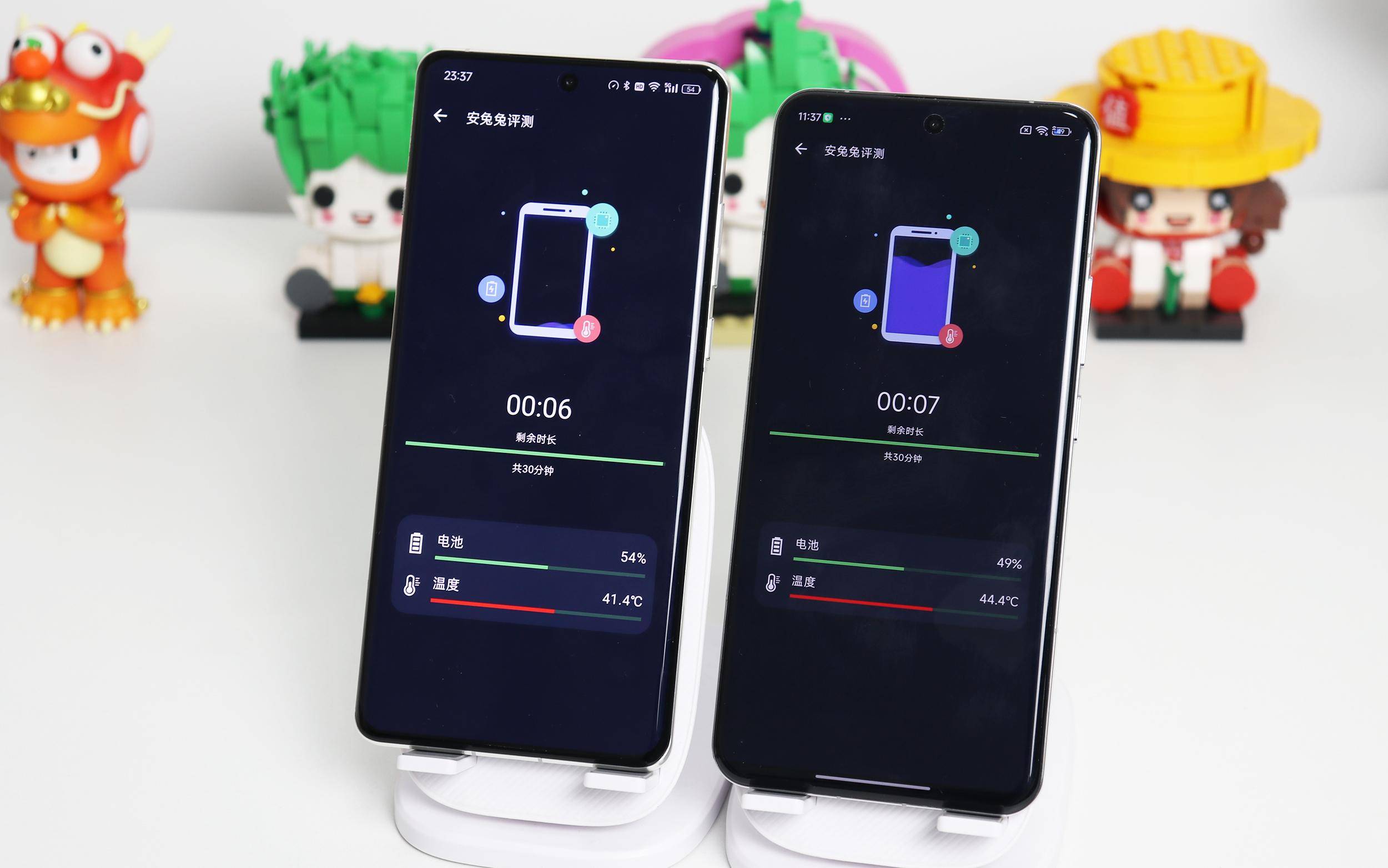
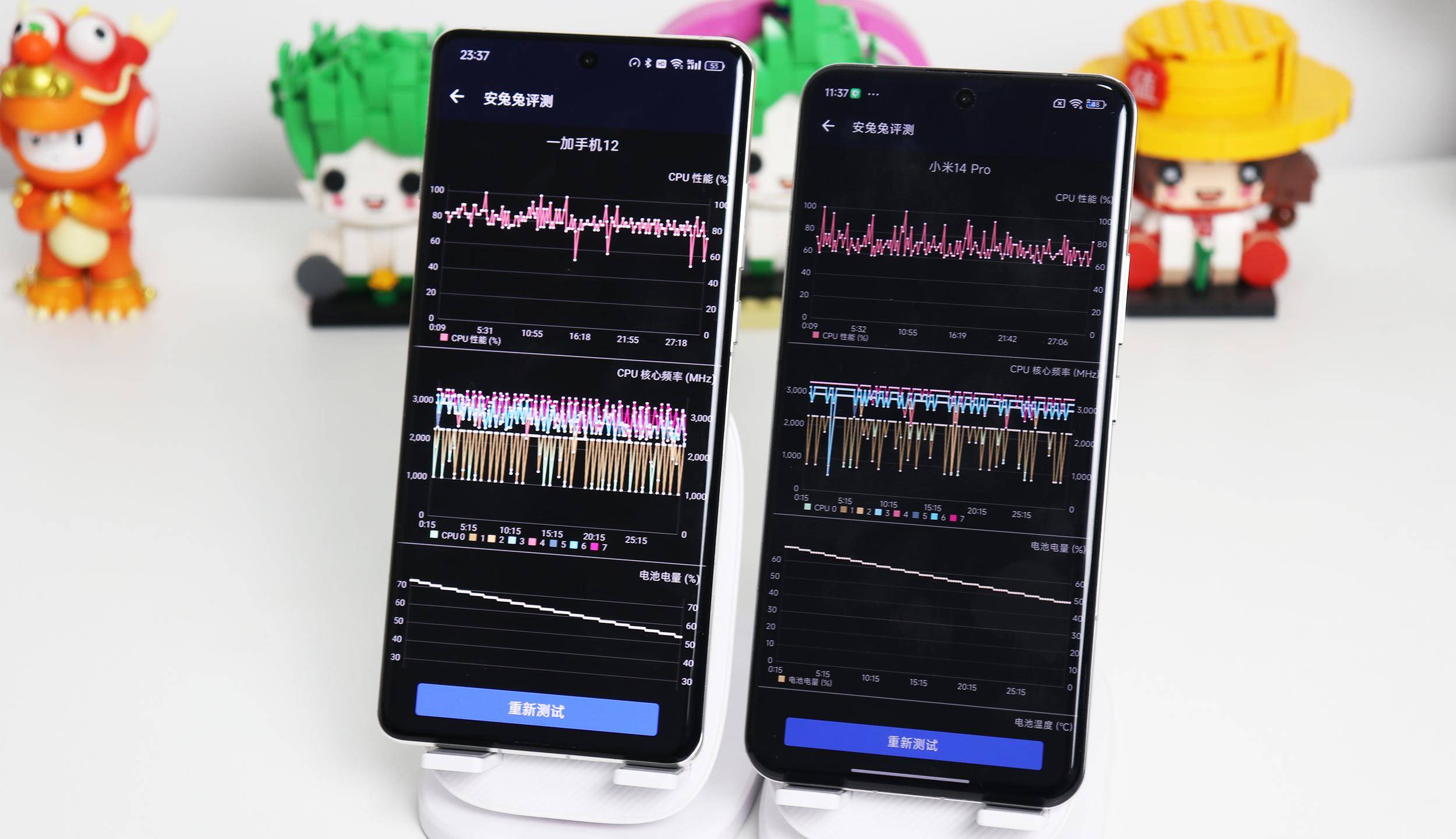
After a 30-minute stress test, both phones passed smoothly. The OnePlus 12 had 54% battery left, while the Xiaomi 14 Pro had 49%. The OnePlus 12 maintained a temperature below 42°C, while the Xiaomi 14 Pro was just within 45°C. Based on the stress test, it can be seen that the OnePlus 12 outperforms the Xiaomi 14 Pro in terms of heat dissipation and battery life. Extensive VC cooling and a large battery are essential for flagship phones. Next, let’s continue by comparing these two phones through gaming.
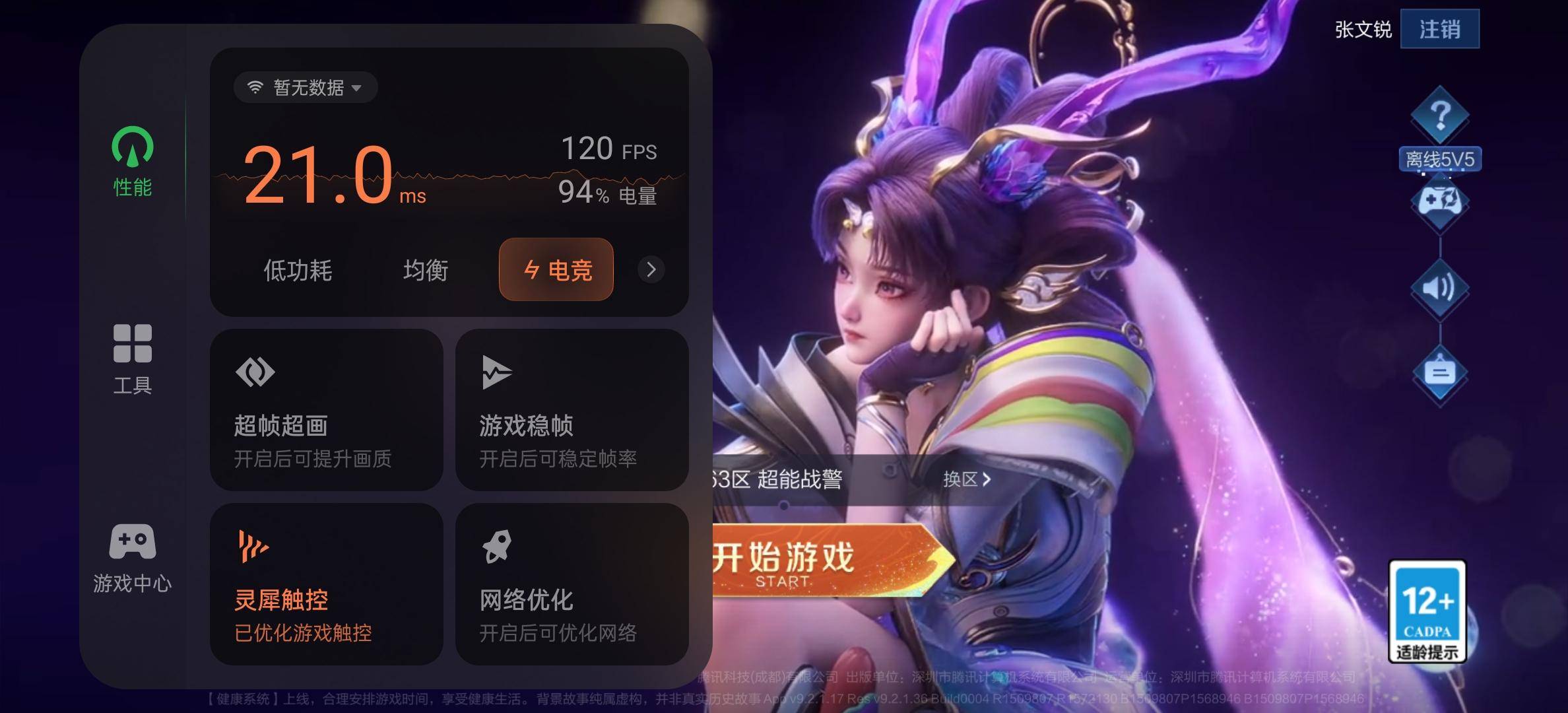
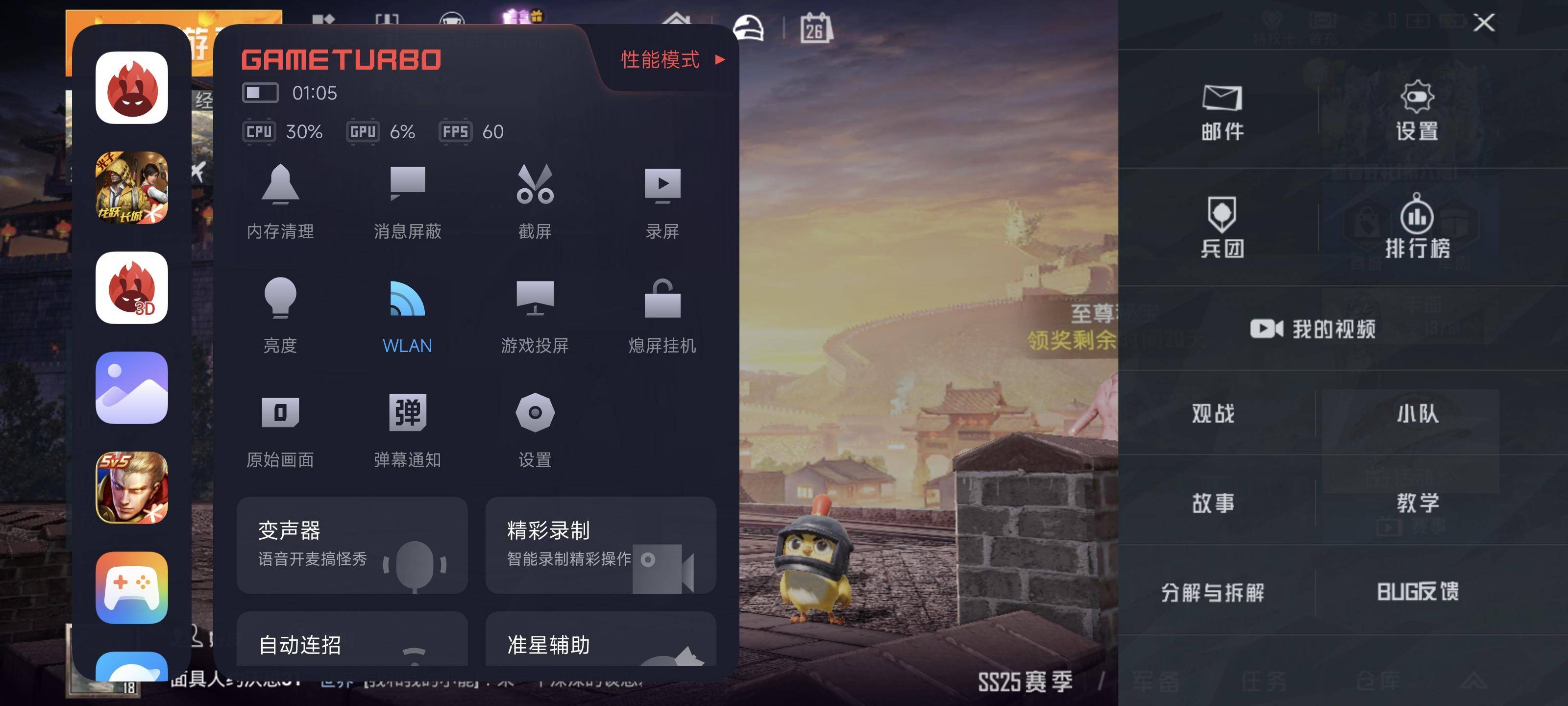
First, let’s look at the built-in gaming assistance features. Both phones have their own gaming assistants accessible from the top left corner. The OnePlus 12 enhances the gaming experience with features like super frame and super resolution engines, game frame rate stability, sensitive touch controls, and network optimization. On the other hand, the Xiaomi 14 Pro offers functions such as memory cleanup and game screen casting, but lacks as many cutting-edge gaming features as the OnePlus 12. Therefore, in terms of gaming experience, the OnePlus 12 holds a significant advantage, especially in terms of haptic feedback and speakers. Let’s now test the gaming frame rates of these two phones using testing software.
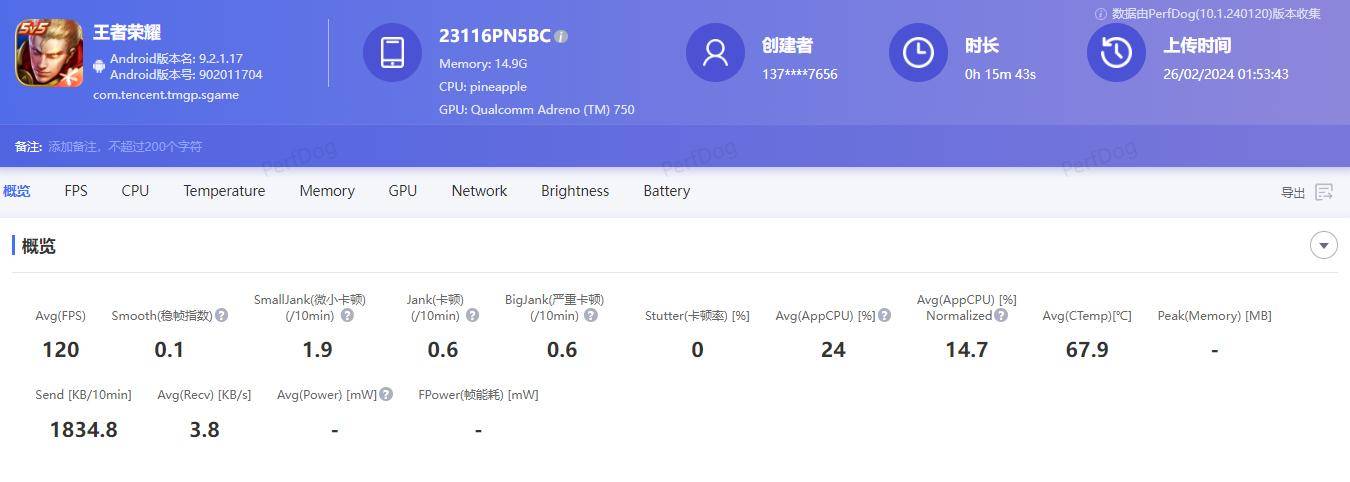
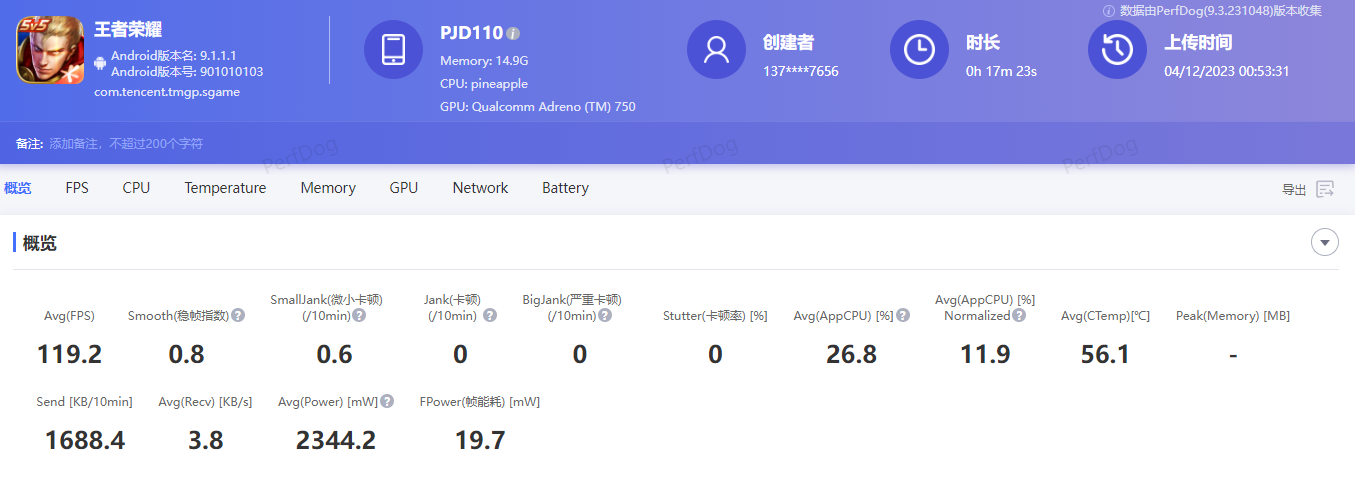
The first game tested is Honor of Kings, where both phones display excellent frame rates, consistently above 119 and maintaining a steady performance throughout gameplay. Both phones offer smooth gameplay with minimal lag, although the OnePlus 12 excels in better heat dissipation, higher frame rate stability, a larger screen, and a wider field of view.
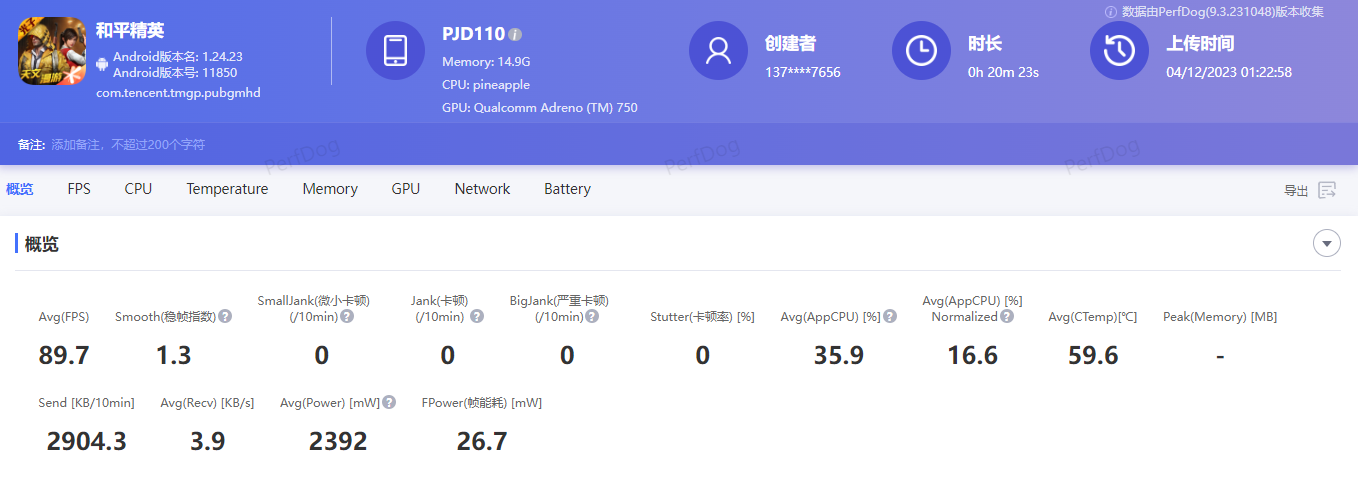
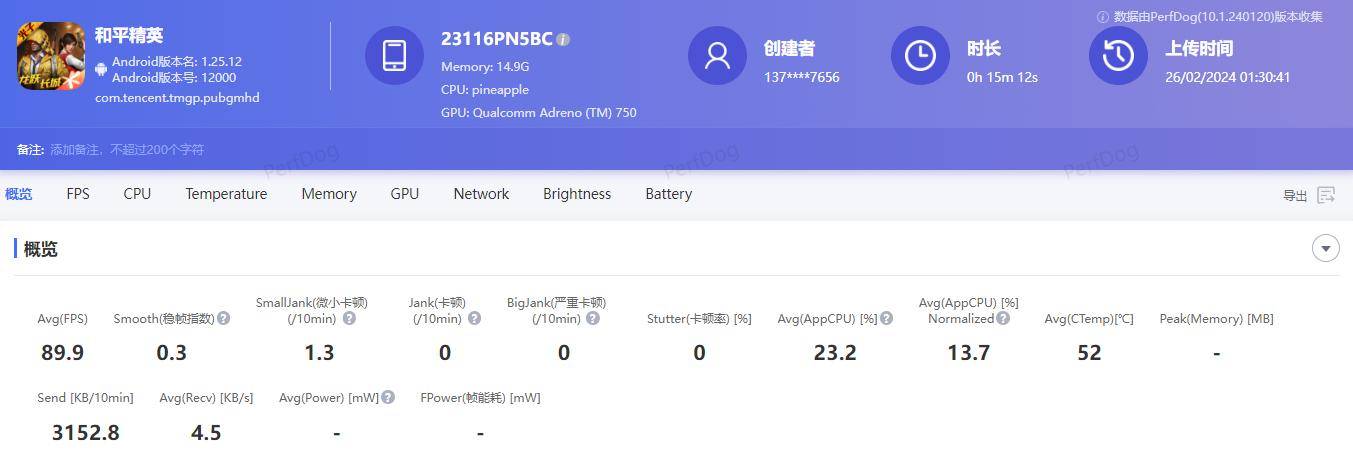
The second game tested is Peacekeeper Elite, where both phones maintain good frame rates, consistently above 89 with no lags. The frame rate stability is higher, ensuring a smoother gaming experience without interruptions. The OnePlus 12, due to its superior haptic motor with a volume of 602mm³, slightly outperforms in the gaming experience.

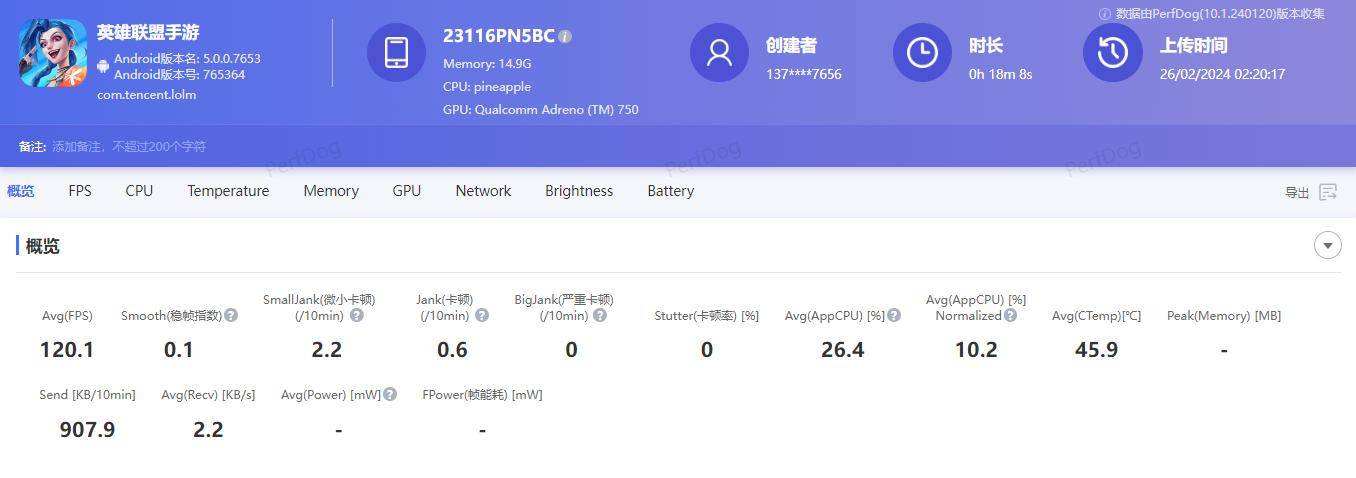
The third game tested is League of Legends: Wild Rift. Through several game sessions, both phones demonstrate stable frame rates around 120, maintaining a straight line and ensuring smooth gaming experiences even during intense team fights.


The fourth game tested is Genshin Impact, a game focused on exploring, battling monsters, and completing dungeons. It has higher hardware requirements compared to the previous games. After a 30-minute gaming test, both phones maintained a frame rate of over 59, allowing for smooth gameplay throughout. The temperatures of both phones did not rise excessively, staying around 42°C, with the OnePlus 12 showing slightly better heat dissipation performance.

Phones equipped with the third-generation Snapdragon 8 chipset perform exceptionally well in gaming. Both the OnePlus 12 and Xiaomi 14 Pro can handle popular mobile games smoothly. However, OnePlus 12 excels in detail optimization with various technological enhancements, better heat dissipation, and superior haptic feedback. Therefore, for gaming, it is recommended to choose the OnePlus 12.

In terms of charging, the OnePlus 12 features a 5400mAh battery with 100W SuperVOOC charging and 50W wireless charging, while the Xiaomi 14 Pro comes with a 4880mAh battery, supporting 120W wired charging and 50W wireless charging. In practical charging tests, the OnePlus 12 takes about 26 minutes to fully charge the 5400mAh battery, whereas the Xiaomi 14 Pro takes approximately 18 minutes to charge the 4880mAh battery. Xiaomi 14 Pro shines in the charging experience, as it can reach full charge in just 20 minutes, which is indeed impressive.
Regarding battery life, the OnePlus 12 lasted for 8 hours and 50 minutes with the screen on, while the Xiaomi 14 Pro achieved slightly over 6 hours of battery life. According to the data from the Xiaobai Review 3.5, the OnePlus 12 lasted 8 hours and 45 minutes, ranking second in battery performance, whereas the Xiaomi 14 Pro lasted 6 hours and 29 minutes, ranking 20th.